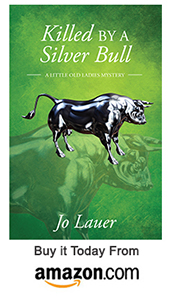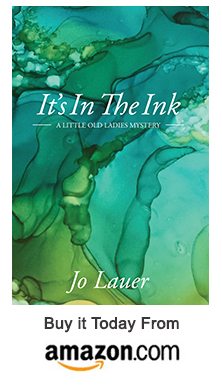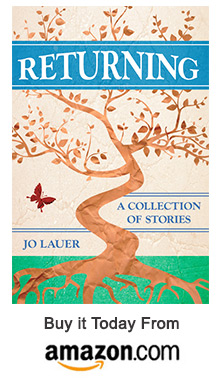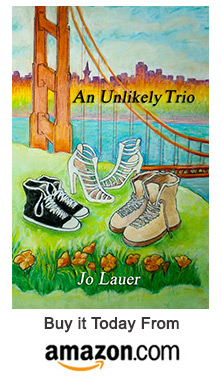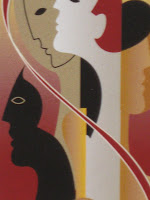
I’m genetically predisposed to be a words person. My mother collected words that fascinated her by their sound or spelling or unusual length. She would repeat these words with reverence, carefully enunciating each syllable as if they were her personal mantra. Onomatopoeia, the formation of words by imitating their sound, like buzz; tintinnabulation, the ringing sound of bells; palindromes, words that are spelled the same or series of numbers that are the same whether you start from front or back, like mom and 103212301; anthropomorphize, the representation of objects as having human form or traits—the words would roll off her tongue and be absorbed by my hungry little ears.
She had an uncanny ability to tell you immediately how many syllables were in any word. It became a game to try and stump her—never happened. Elephantitis, we’d say; and she’d say five before we even finished the word. After she died, and my siblings and I were clearing out years of her life stored in boxes under her bed and crammed in closets, I came across several notebooks with pages of words that seemed unrelated except for this fascination she had with the words themselves.
One morning this week I awoke with the word anthropomorphize stuck in my head. You see a lot of this on television, especially in advertisements. Little squares of cereal dance about a child’s backpack excitedly celebrating the first day back at school; happy cows in California crack jokes about their bovine companions; crows cackle with mirth as a homeowner smacks into a sliding glass door that’s been cleaned to spotless transparency; M&Ms stand stubbornly on the shelf and refuse to jump in the snack bowl—the list goes on.
Not only do we ascribe traits to inanimate objects to sell products, but we use this tactic to teach morals. In my day, The Little Engine That Could taught me about fortitude, hanging in there (“I think I can; I think I can”), giving it your best and being greatly rewarded for your effort (“I thought I could; I thought I could”). There’s a character now called Sponge Bob Square Pants—I had to consult with my daughter about this one—a sponge that lives under the sea in a pineapple (?). He’s good natured, eager, and passionate about life. As do humans, he occasionally frustrates the heck out of his friends. Taking people as they are, perhaps developing tolerance and an appreciation for idiosyncrasies may (or may not) be the message in this cartoon. As you think back over your lifetime, I’m sure myriad examples come to mind.
What is this anthropomorphizing all about? Is it an extrapolation of Carl Jung’s writings on the animus mundi, or world mind? Is it a modern day example of the philosophy that we are all One, united in spirit? I have a feeling that a child in Africa, or China, or India would get a good chuckle at the antics of Snoopy or Woodstock, and would shed tears over Bambi losing his mother. Human traits we can relate to, ascribed to inanimate objects, brought forward by that wonderful word, allow us to connect in a greater community beyond the limitations of our daily lives. I guess that’s worth something.


